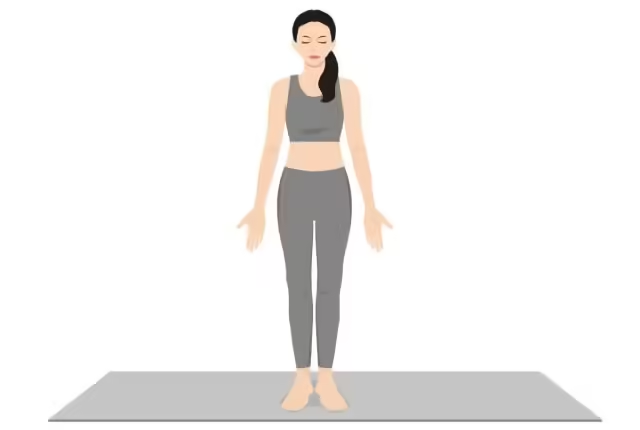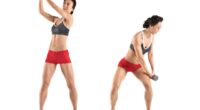Upon reaching midlife, various changes become apparent. It becomes crucial to reassess your lifestyle to improve balance, flexibility, coordination, and strength. Therefore, we present 10 yoga exercises suitable for individuals over 50, tailored to cater to the needs of this specific age group.
The inclusion of yoga in your routine offers numerous benefits. As the body matures, it undergoes natural transformations such as decreased flexibility, muscle mass, balance, and joint health, as noted by Valerie Lucas, ERYT-500 and senior master trainer for YogaSix. Yoga provides a gentle yet efficient method to counteract these changes by preserving mobility, strength, and balance, crucial for sustaining an active lifestyle and averting injuries. Its low-impact nature allows for adaptation to various fitness levels, promoting a secure and enduring daily practice.
An essential aspect of yoga practice is performing the exercises barefoot. This method proves beneficial in fortifying and enhancing mobility in the feet. Lucas highlights the significance of this practice, stating that foot stiffness can contribute to issues with balance. By actively involving the feet through yoga, their natural flexibility and strength are reinstated, leading to improved overall balance and a reduced risk of falls.
By practicing yoga regularly, you can strengthen your muscles, boost your flexibility, and improve coordination. It’s a holistic method that will benefit your physical and mental wellness as you move into your 50s and beyond.
Now, let’s explore the 10 best daily yoga exercises to do after 50. “Aim to do this sequence daily, focusing on mindful breathing and proper alignment,” Lucas instructs. “Hold each pose for the suggested time and repeat sets where indicated. As you progress, you can gradually increase the duration of holds or the number of sets.”
Mountain Pose
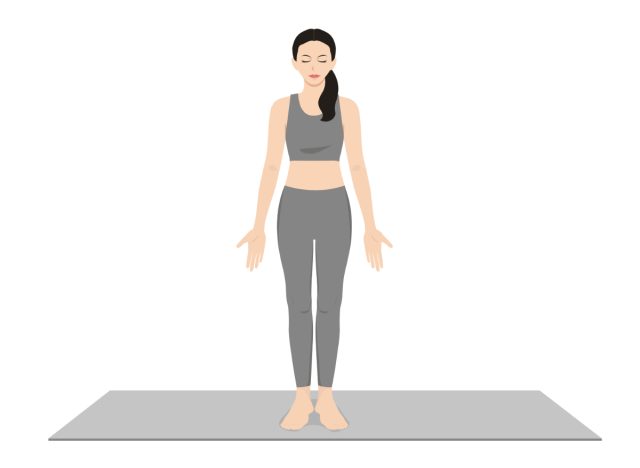

How to do it:
- Begin with your feet hip-distance apart and your arms by your sides.
- Activate your thighs, lift your chest, and elongate your spine.
- Take a deep breath in, grounding your feet on the floor.
- Hold the position for 30 to 60 seconds.
Cat-Cow
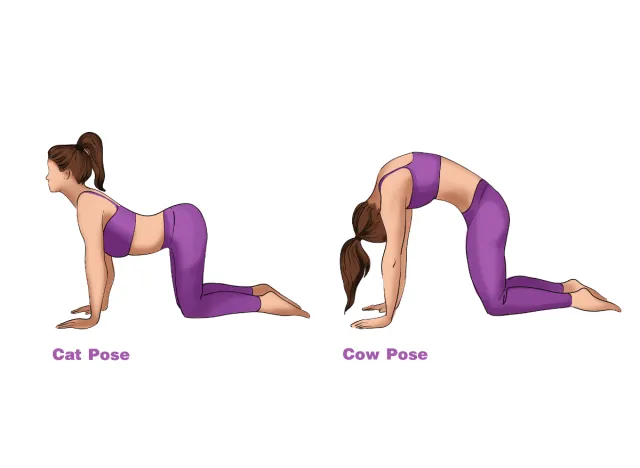

How to do it:
- Begin on your hands and knees.
- Alternate between cow and cat pose. Arch your back as you bring your belly upwards to assume cow pose; round your back as you pull your navel in toward your spine to form cat pose.
- Complete 10 to 12 gradual, controlled movements.
Chair Pose
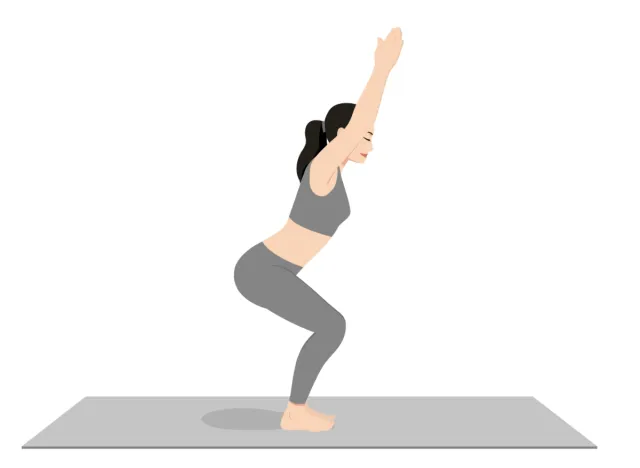

How to do it:
- Begin with your feet hip-distance apart.
- Bend both knees and lower your hips; press your hips back as if you’re about to sit in a chair.
- Lengthen your arms before you or overhead.
- Keep your chest tall as you lift through your lower belly.
- Hold this position for 20 to 30 seconds, repeating two to three times.
Tree Pose
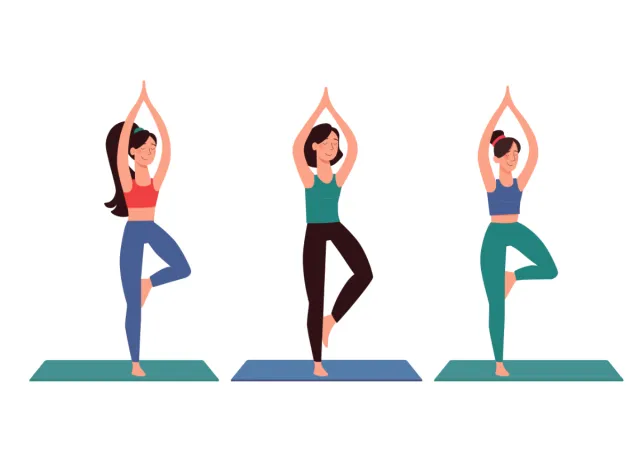

How to do it:
- Begin standing tall with your feet together.
- Shift your body weight to one foot, placing the sole of your other foot on your inner leg or ankle.
- Bring your hands to your heart’s center or overhead.
- Hold the position for 20 to 30 seconds per leg, repeating twice.
Bridge Pose
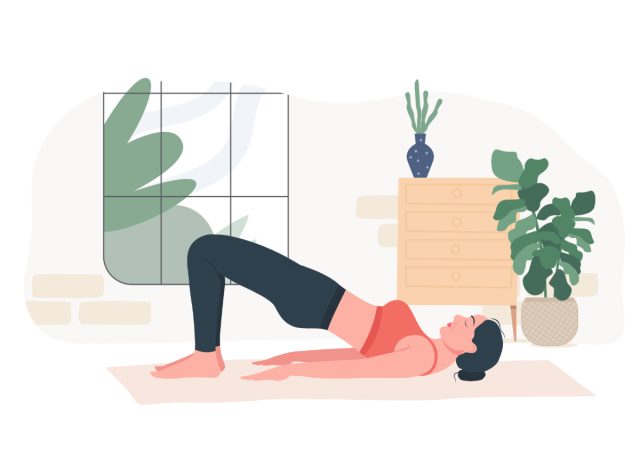

How to do it:
- Lie flat on your back, bend both knees, and place your feet hip-distance apart.
- Press your feet into the floor and your hips toward the sky.
- Squeeze your thighs and glutes at the top.
- Hold the position for 20 to 30 seconds, repeating three times.
Warrior I
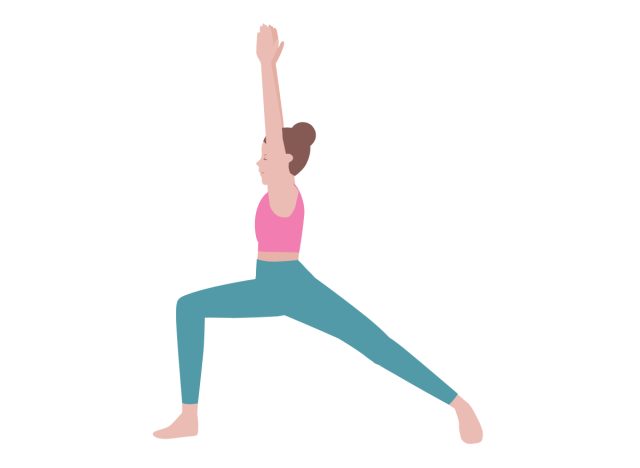

How to do it:
- Start standing with your feet planted hip-distance apart.
- Step back with one foot, turning your toes out just a bit and grounding into the back heel.
- Bend the knee that’s in the front while straightening out your back leg.
- Reach both arms overhead, making sure your hips face forward.
- Hold for 20 to 30 seconds per side, repeating twice.
Warrior II
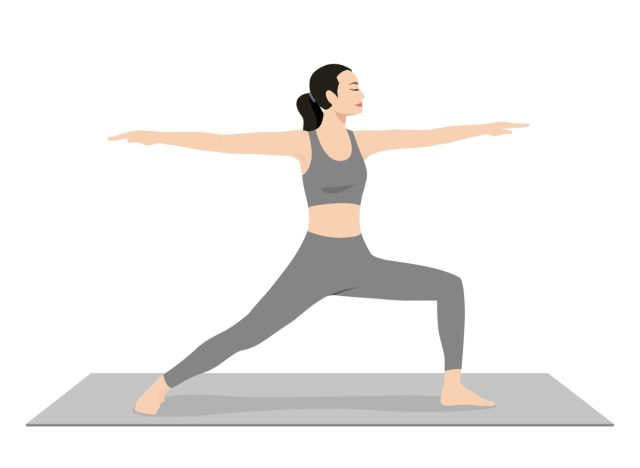

How to do it:
- From Warrior I pose, slide your back foot further behind you.
- Open your hips and chest out to the side, lengthening your arms out parallel to the ground.
- For better hip support, create a tiny internal rotation of your back leg and bring your back toes forward just a bit.
- Hold the pose for 20 to 30 seconds per side, repeating twice.
Seated Forward Bend
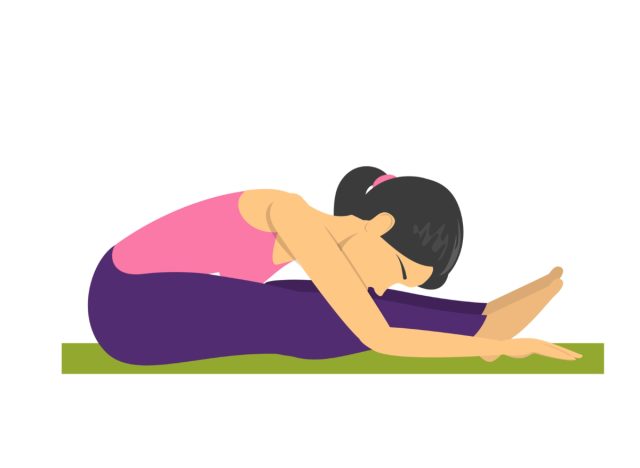

How to do it:
- Sit on the floor with both legs extended.
- Breathe in as you elongate your spine.
- Exhale, fold forward, and reach for your shins or feet.
- Keep a soft bend in both knees and bring your hips down and back.
- Hold the position for 30 to 60 seconds.
Legs Up the Wall
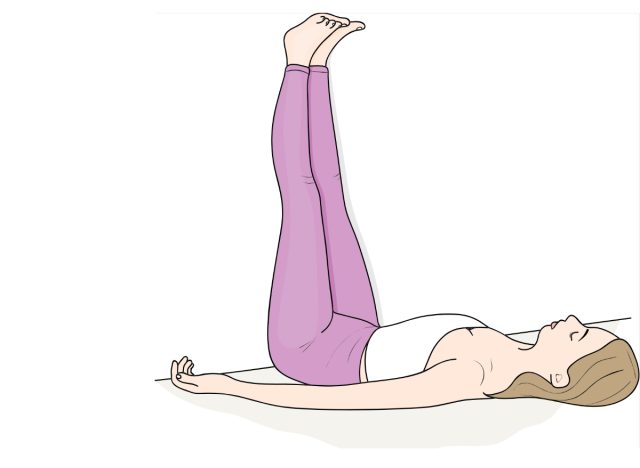

How to do it:
- Sit next to a wall and bring your legs up the wall as you lie down flat on your back.
- Keep your arms at your sides and close your eyes.
- Hold the post for 5 to 10 minutes.
Corpse Pose (Savasana)


How to do it:
- Lie down flat on your back, place your arms by your sides with your palms facing upward, and position your legs slightly apart.
- Close your eyes and take deep breaths.
- Hold the position for 5 to 10 minutes.
Frequently Asked Questions (FAQs)
Why is yoga beneficial for people over 50?
As we age, it is important to maintain flexibility, strength, and balance to prevent injuries and maintain overall health. Yoga is a gentle and effective way for older adults to achieve these goals. It can help improve flexibility, muscle strength, balance, and joint health, as well as reduce stress and promote relaxation.
Is it safe for beginners over 50 to start doing yoga?
Yes, yoga can be safe for beginners over 50, as long as they start with the appropriate poses and listen to their bodies. It is important to choose classes or poses that are suitable for beginners and to work at your own pace. It’s always a good idea to consult with a healthcare provider before starting any new exercise regimen, including yoga.
Which yoga exercises are recommended for people over 50?
1. Mountain Pose (Tadasana)
Mountain Pose helps improve posture and balance, which can be beneficial for older adults. It also helps strengthen the thighs, knees, and ankles.
2. Tree Pose (Vrikshasana)
Tree Pose is a balancing pose that can help improve stability and concentration. It also strengthens the muscles in the legs and core.
3. Downward-Facing Dog (Adho Mukha Svanasana)
Downward-Facing Dog is a great pose for stretching the hamstrings, calves, and shoulders. It also helps improve circulation and relieve stress.
4. Warrior II (Virabhadrasana II)
Warrior II is a pose that helps strengthen the legs and core muscles while opening the hips. It can also improve balance and focus.
5. Cat-Cow Stretch (Chakravakasana)
The Cat-Cow Stretch helps improve the flexibility of the spine and can help reduce stiffness in the back. It also helps improve posture and coordination.
6. Bridge Pose (Setu Bandhasana)
Bridge Pose helps strengthen the back, glutes, and hamstrings. It can also help relieve back pain and improve posture.
7. Seated Forward Bend (Paschimottanasana)
Seated Forward Bend is a gentle stretch for the back of the body, including the spine, hamstrings, and calves. It can help reduce stress and improve digestion.
8. Chair Pose (Utkatasana)
Chair Pose is a squatting pose that helps strengthen the thighs and core muscles. It can also improve balance and posture.
9. Warrior I (Virabhadrasana I)
Warrior I is a pose that helps strengthen the legs, shoulders, and back muscles. It can also improve focus and stamina.
10. Child’s Pose (Balasana)
Child’s Pose is a resting pose that helps release tension in the back, shoulders, and chest. It can also help calm the mind and reduce stress.

